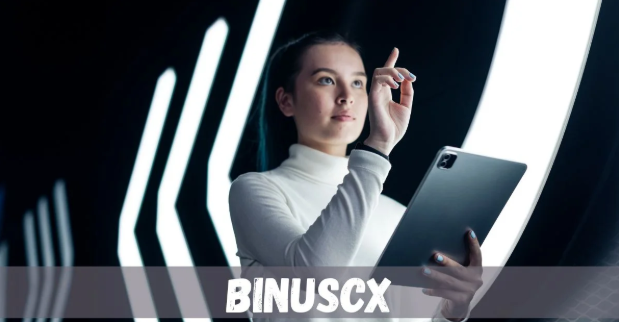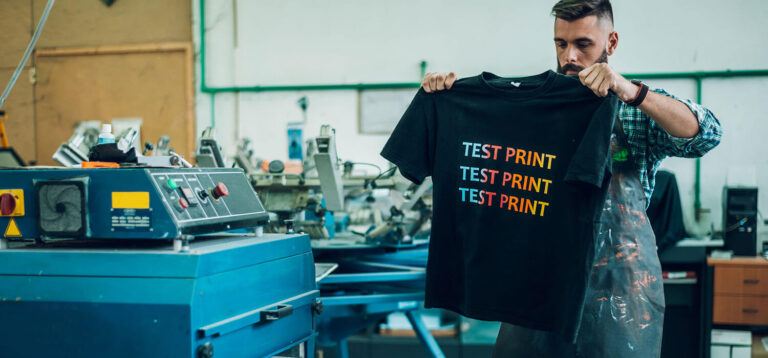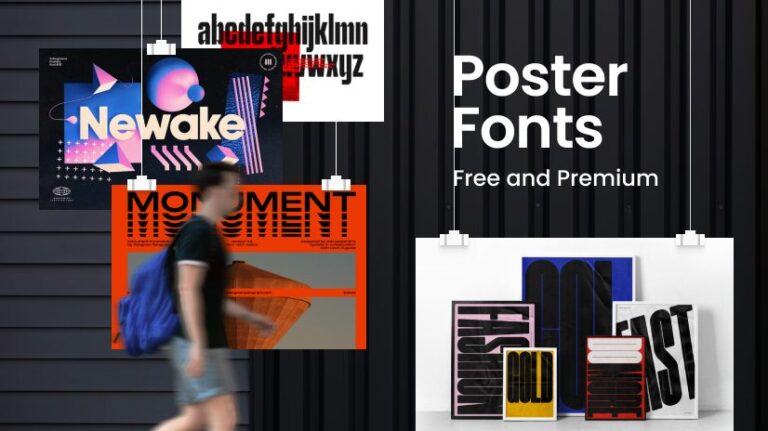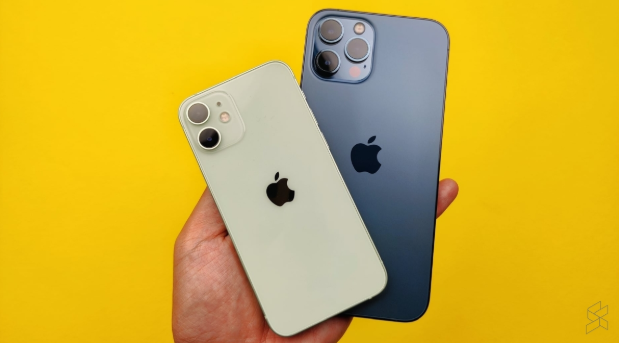In today’s visually driven digital world, your logo is more than just a graphic—it’s the face of your brand. A well-crafted logo communicates your company’s values, personality, and professionalism in an instant. Whether you’re launching a new business, rebranding an existing one, or simply updating your visual identity, understanding how to create a logo that resonates with your audience is crucial.
In this comprehensive guide, we’ll explore the importance of logo design, the different types of logos, the key design principles you should follow, and step-by-step instructions on how to create a logo that leaves a lasting impression. Whether you’re a DIY enthusiast or a startup on a tight budget, this guide will help you make confident decisions throughout your design journey.
Why Your Logo Matters
First impressions count. According to psychological research, it takes just 50 milliseconds for people to form an opinion about a website or brand. In that split second, your logo can either captivate your audience or turn them away.
Here’s why having a professionally designed logo is essential:
- Brand Recognition: Think of Apple’s bitten apple or Nike’s swoosh—logos that are instantly recognizable. A strong logo makes it easier for customers to remember and recognize your brand.
- Trust & Credibility: A polished logo communicates trustworthiness and professionalism. It signals to potential customers that your business is legitimate and dependable.
- Marketing Impact: Your logo appears on everything from business cards and websites to packaging and social media. A consistent, high-quality logo boosts brand cohesion and recall.
Different Types of Logos
Before you begin designing, it’s helpful to know the six main types of logos. Each has its unique strengths and best use cases:
- Wordmarks (Logotypes): These are font-based logos that focus on the company’s name (e.g., Google, Coca-Cola). Best for brands with distinctive names.
- Lettermarks (Monogram Logos): These use initials rather than full names (e.g., IBM, CNN). Great for lengthy or complex business names.
- Brandmarks (Symbol or Icon): These are logos based solely on a symbol or icon (e.g., Apple, Twitter). Effective when you want a simple yet powerful identity.
- Combination Marks: These logos blend a wordmark and a symbol (e.g., Adidas, Doritos). They provide flexibility in branding.
- Emblems: Often more traditional, these logos include text within a symbol or badge (e.g., Starbucks, Harley-Davidson). Common in educational and government organizations.
- Abstract Logos: These use geometric forms or abstract imagery (e.g., Pepsi, BP). They offer uniqueness and global appeal.
Core Principles of Great Logo Design
Even the most creative logo must follow some fundamental principles to be effective. Here are the key elements that make a logo truly stand out:
1. Simplicity
A simple logo is easily recognizable, versatile, and memorable. Avoid clutter or overly detailed graphics. The best logos communicate a message with minimal elements.
2. Relevance
Your logo should align with your brand’s message, industry, and target audience. A children’s toy logo should feel playful, while a law firm’s logo might favor a more classic and refined design.
3. Memorability
Your logo should be distinct and unforgettable. Unique shapes, typography, and symbolism help people recall your brand after a single glance.
4. Timelessness
Trends come and go, but your logo should remain effective for decades. Aim for classic rather than trendy. Consider Coca-Cola’s logo—it hasn’t changed drastically in over 100 years.
5. Versatility
Your logo should look great on various media—whether it’s a website, t-shirt, or business card. Design your logo in vector format to ensure scalability without loss of quality.
6. Scalability
From social media profile pictures to massive billboards, your logo must maintain legibility and impact at any size.
How to Create a Logo Step by Step
You don’t need to be a professional designer to build a stunning logo. With the right tools and guidance, you can create a logo that represents your brand effectively. Follow these steps:
Step 1: Define Your Brand Identity
Before diving into design, understand your brand’s personality. Ask yourself:
- What are your brand’s core values?
- What emotions do you want to evoke?
- Who is your target audience?
- What makes your brand unique?
Jot down key attributes like “bold,” “eco-friendly,” “playful,” or “luxurious.” These will guide your design direction.
Step 2: Research Your Competitors
Analyze the logos of other businesses in your niche. Note the colors, styles, and symbols they use. This helps you differentiate while understanding industry standards.
Step 3: Choose Your Design Style
Based on your brand identity, decide on the overall look and feel. Do you want something classic, modern, hand-crafted, minimalist, or whimsical? Let this theme guide your typography and layout.
Step 4: Pick the Right Logo Type
Choose one of the six logo types mentioned earlier. For example, a new tech startup might opt for an abstract or combination logo, while a boutique shop could benefit from a wordmark with elegant script fonts.
Step 5: Select Colors Strategically
Colors carry psychological weight. Here’s a brief overview:
- Red: Passion, energy, urgency
- Blue: Trust, calm, professionalism
- Green: Nature, health, growth
- Yellow: Happiness, optimism
- Black: Sophistication, power
- White: Cleanliness, simplicity
Stick to 2–3 main colors and ensure they work well in black and white too.
Step 6: Choose the Right Typography
Fonts say a lot about your brand. Serif fonts convey tradition and elegance, while sans-serif fonts appear modern and clean. Avoid overused or generic fonts—aim for readability and character.
Step 7: Sketch and Conceptualize
Start sketching rough logo ideas on paper or digitally. Play around with icons, layouts, and word arrangements. Focus on bringing your brand attributes to life.
Step 8: Design with a Logo Maker Tool
If you’re not hiring a designer, use a professional logo maker platform. One of the best options is Adobe Express. It provides customizable templates, icons, and design assets that help you create logo in just a few clicks. Whether you’re a solopreneur or a small business owner, it’s intuitive, fast, and budget-friendly.
Step 9: Get Feedback
Once you’ve drafted a few versions, ask for feedback from friends, colleagues, or target customers. Make sure the logo feels right to others, not just you. Be open to revising based on constructive input.
Step 10: Finalize and Download
Finalize your logo by ensuring it works in color, grayscale, and monochrome. Save your logo in multiple formats—SVG for scalability, PNG for web, and PDF for print. Also, create logo variations for horizontal, vertical, and icon-only layouts.
Common Logo Design Mistakes to Avoid
Even seasoned designers sometimes make missteps. Watch out for these pitfalls:
- Too Many Fonts or Colors: Stick to a maximum of two fonts and two to three complementary colors.
- Overly Complicated Designs: Complexity reduces recognition and scalability.
- Copying Others: Originality is key. Don’t mimic big brands—your logo should reflect your unique story.
- Poor Resolution Files: Always design in vector format to avoid pixelation.
- Trendy Over Classic: Avoid designs that will look outdated in a few years.
When to Redesign Your Logo
Even timeless logos sometimes need a refresh. Here’s when you might consider updating:
- Rebranding or changing business direction
- Outdated or poorly designed logo
- Low-resolution files with no vector format
- Your logo no longer resonates with your target audience
If a complete overhaul seems risky, you can always evolve your current logo subtly—like updating colors or fonts while retaining the original concept.
Tools to Help You Create a Logo
Several tools exist to streamline the design process. Here are some popular options:
- Adobe Express – Ideal for non-designers who want a polished and professional look. You can easily create logo with templates and AI-based suggestions.
- Canva – Great for basic logos and drag-and-drop design.
- Looka – AI-powered logo generation with branding kits.
- Hatchful by Shopify – Beginner-friendly and free, especially for eCommerce startups.
- Figma – Best for advanced users with design experience.
Final Thoughts
Your logo is more than just a graphic—it’s your business’s first and most lasting impression. A thoughtfully crafted logo builds trust, establishes brand recognition, and enhances your overall marketing presence. By understanding design principles and using the right tools, you can create a logo that captures the essence of your brand and connects with your audience.
Don’t rush the process—explore different styles, seek feedback, and iterate until it feels right. And remember, whether you hire a professional or do it yourself, your brand’s visual identity deserves care, creativity, and intention.
With modern tools like Adobe Express, creating a logo has never been easier. So take the first step today, define your brand identity, and start designing a logo that speaks volumes without saying a word.







